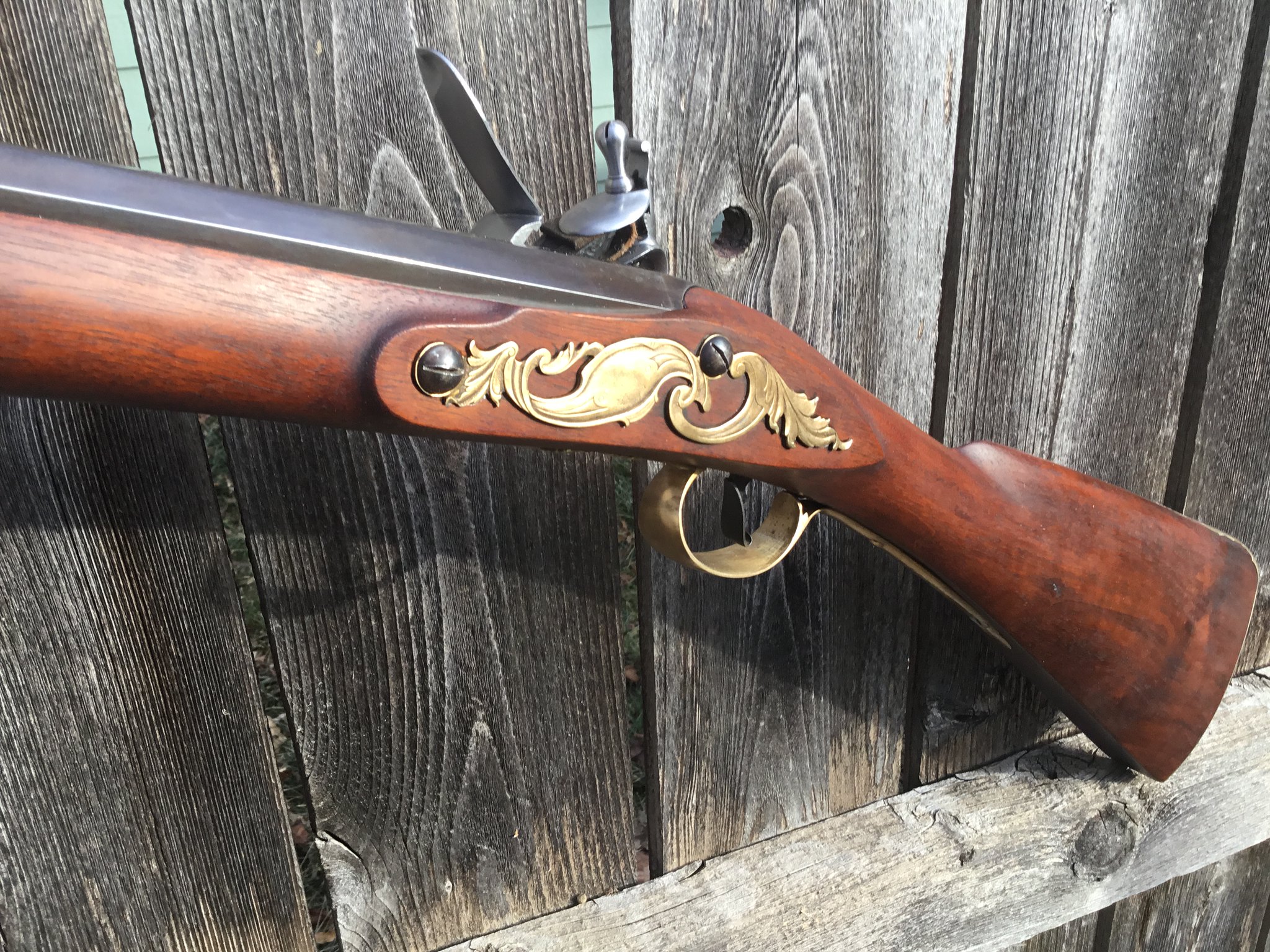longcruise
70 Cal.
This is for my Chambers English Sporting Rifle. As you can see it is a casting. Not terribly rough but I'm wondering how to approach it so as to ensure I don't damage the cast in "engraving". It's not fragile but neither is it thick and stiff like a solid sideplate.
Any thoughts?
Any thoughts?







